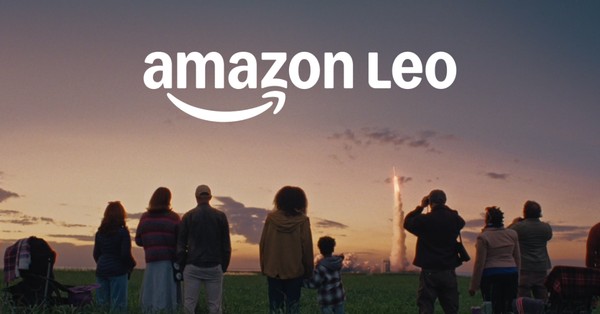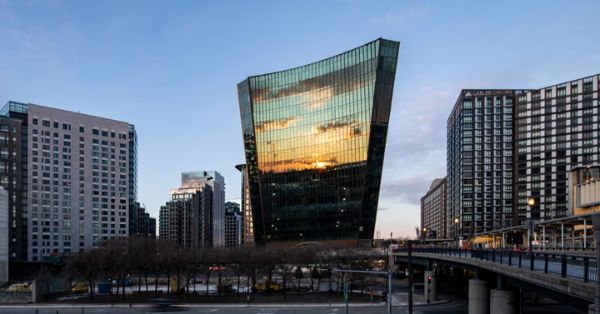- Tech News & Insight
- November 16, 2025
- Hema Kadia
The Las Vegas Grand Prix is more than a spectacle this year—it’s a real-world benchmark for what 5G Standalone can deliver under extreme density, with T-Mobile integrating slicing, private 5G and edge video into broadcast, venue ops and public safety workflows. Broadcast teams are ingesting 360-degree and drone feeds over 5G with edge processing, venue commerce runs on a dedicated slice, and police leverage a 5G-connected drone for situational awareness. These deployments illustrate a practical blueprint for monetizing 5G SA and edge in venues, media, public safety and large events.





























